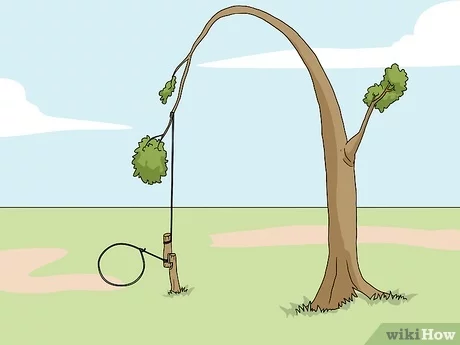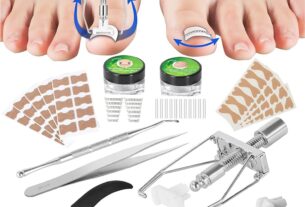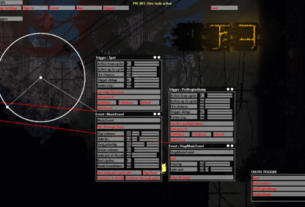Are you tired of coming home empty-handed after a long day of hunting? Do you want to increase your chances of catching your prey? Look no further! In this article, we will provide you with an ultimate guide on the best tools for trapping.
[h2]What are Traps?[/h2]
Traps are devices used to capture animals by holding them in place. They come in various shapes and sizes and can be made from different materials such as metal, wood, or plastic.
[h2]Types of Traps[/h2]
There are several types of traps available, each designed for specific purposes. Here are some of the most common types:
1. Wire Snare – A wire snare is a simple trap made from a piece of wire that is looped around an animal’s neck or leg. When the animal moves, the snare tightens, preventing it from escaping.
2. Conibear Trap – A conibear trap is a lethal trap that consists of two large metal jaws that snap shut when triggered by an animal’s movement. This type of trap is commonly used for catching beavers, muskrats, and other small animals.
3. Cage Trap – A cage trap is a humane trap that captures an animal alive without harming it. It consists of a metal cage with bait inside, and when the animal enters the cage to get the bait, the door closes behind it.
4. Foothold Trap – A foothold trap is a traditional steel-jawed trap that clamps onto an animal’s leg when triggered by its movement. This type of trap is commonly used for catching foxes, coyotes, and other medium-sized animals.
[h2]Choosing the Right Trap[/h2]
When choosing a trap, it’s essential to consider several factors such as the type of animal you’re targeting, the terrain, and the season. For example, if you’re trapping in an area with a lot of snow, you may need a trap that can be easily seen above the snow.
It’s also crucial to ensure that your trap is legal and humane. Each state has different regulations on what types of traps are allowed, and it’s essential to follow these laws to avoid fines and penalties. Additionally, using humane traps ensures that animals are not unnecessarily harmed during the trapping process.
[h2]Tools for Setting Traps[/h2]
Setting traps requires specific tools to ensure their effectiveness and safety. Here are some of the most important tools for setting traps:
1. Trap Setter – A trap setter is a tool used to set foothold traps safely. It consists of two long metal rods that allow you to compress the springs on the trap without putting your hands too close to the jaws.
2. Wire Cutters – Wire cutters are essential when setting wire snares or modifying cages. They allow you to cut through wire quickly and easily.
3. Bait Lure – A bait lure is a scent or food item used to attract animals into your trap. Common baits include meat, fish, or fruits such as apples.
[h2]Tips for Successful Trapping[/h2]
Trapping requires skill and patience, but here are some tips to help increase your chances of success:
1. Scout Your Location – Before setting your traps, scout the area for signs of animal activity such as tracks, droppings, or chew marks.
2. Use Fresh Bait – Animals are more likely to enter your trap if they smell fresh bait rather than old or spoiled bait.
3. Check Your Traps Regularly – Checking your traps regularly ensures that animals do not suffer unnecessarily if caught and allows you to reset any sprung traps.
4. Practice Safety – When handling traps, always wear gloves and be aware of the potential danger of steel jaws or wire snares.
[h2]Conclusion[/h2]
Trapping can be an effective way to catch animals for food, fur, or pest control. By understanding the different types of traps available, choosing the right tools, and following regulations and safety guidelines, you can increase your chances of a successful trap. Happy trapping!
References
1. “Trapping Regulations by State,” National Trappers Association, https://www.nationaltrappers.com/state_regs.html
2. “Setting Foothold Traps Safely,” Minnesota Trappers Association, https://www.mntrappers.org/wp-content/uploads/2015/12/Setting-Foothold-Traps-Safely.pdf
3. “How to Bait a Cage Trap,” Havahart, https://www.havahart.com/articles/how-to-bait-a-cage-trap




